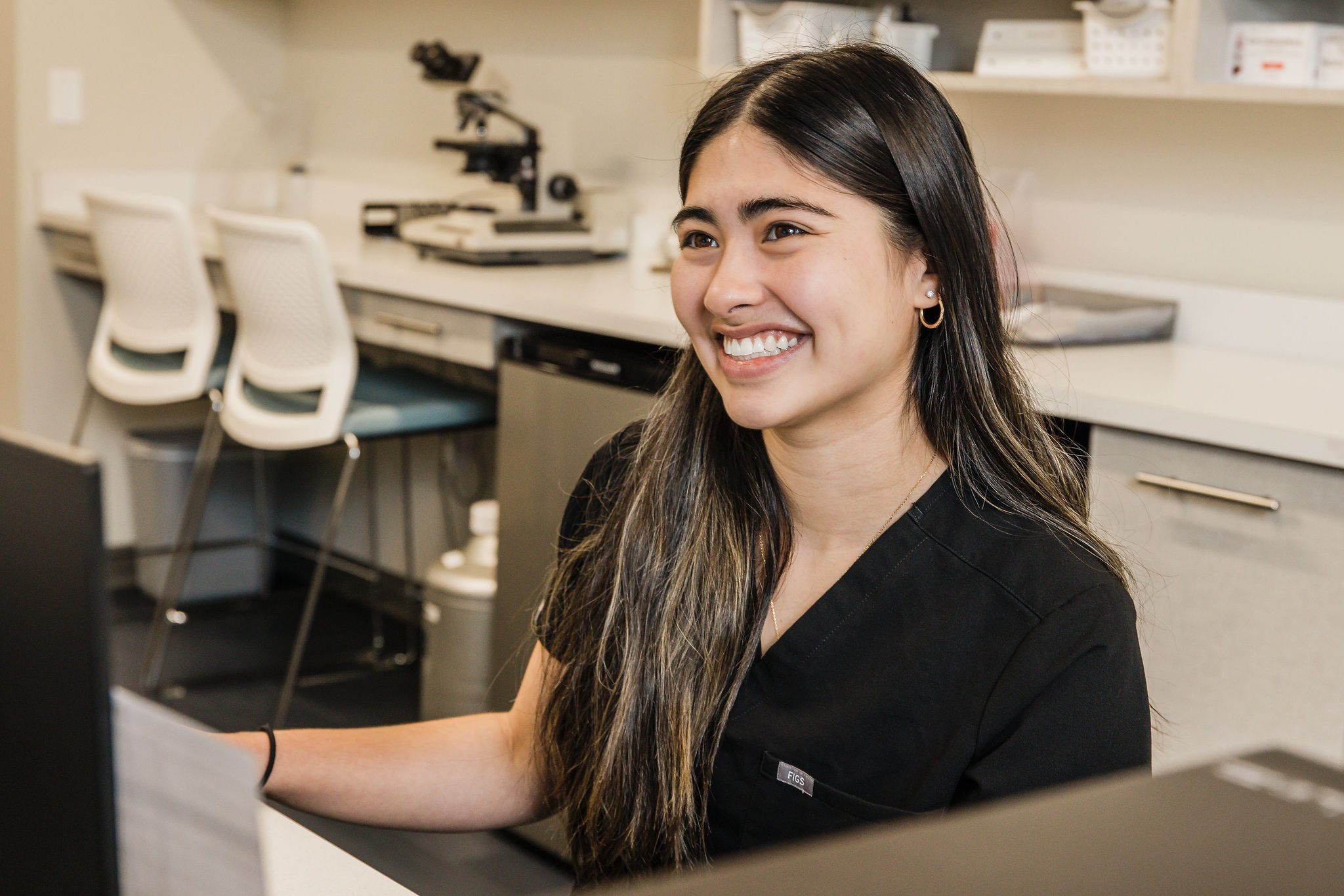
Click below for answers to our frequently asked questions.
The care of biopsy and surgical sites should be with gentle cleansing with soap and water. Then either gently pat dry or air just a few minutes. The wound should then have petrolatum jelly (Vaseline™) or Aquaphor™ applied in a thin layer to cover the area. The last step would be to apply a bandage or other protective dressing. Unless they become dirty or damaged, the dressing should be changed once a day after cleansing.
While many have done this for years, we know that wounds really do heal more quickly and with less scarring when the care of gentle cleansing, a thin layer of petrolatum jelly, and a dressing are used each day. Very simply, new skin cells grow better this way!
While these products were used for many years, they are no longer recommended as they can cause an allergic reaction called contact dermatitis. This would be similar to a poison ivy reaction. Also, they do not really provide appropriate antibacterial (fight bacteria) properties. For these reasons, we no longer recommend them and prefer petrolatum jelly (Vaseline™) or Aquaphor™.
Wounds can at times be red from suture or inflammation from the procedure itself. It is important to watch for the signs of infection which may include: increasing redness, warmth, swelling, pain, or a purulent drainage (pus). If you notice these changes in your wound, it would be important to call the office at 916-739-1505.
Yes, our Board-Certified dermatologists are well-trained and have extensive experience in the diagnosis of conditions involving hair and nails as well as skin conditions.
Yes. Not only are our providers trained in treating all skin types, they have decades of combined experience treating patients in all regions of the country as well as in the Greater Sacramento region, an area well-recognized for its broad ethnic diversity.
Absolutely. Dermatology is at times like “family practice of the skin,” and our physicians see patients of all ages everyday—from newborn to centenarian (100 years old!). Our physicians enjoy seeing all ages including babies, school-age children, and teenagers.
At times patients become frustrated with treating acne. It takes time for medications to work and different patterns of acne require different treatments. We usually ask patients to recognize that at one month of treatment we want to see half as many “new” acne lesions, and that at two months 60-70% improvement is a good goal. When an acne treatment program isn’t working, it is important to check-in and review with the doctor to make sure medications are being used correctly and/or another treatment plan needs to be considered. Our physicians are experts in selecting and developing a treatment plan for you including a range of topical and oral therapies. For difficult and resistant cystic or scarring acne, our physicians have decades of experience with isotretinoin (Accutane™).
The basic rule is: SPF 30 or higher, UVA and UVB protection, find one you like and use it! And to reapply the sunscreen every two hours, more often if you are in water or it gets rubbed off.
There are two classes of sunscreen: chemical and physical.
1. Chemical sunscreens take 20 minutes after application to be effective and break down within 2 hours.
2. Physical sunscreens, zinc oxide and titanium oxide, are effective immediately after application and until wiped or washed off. We still recommend reapplying after 2 hours. The good news is that zinc oxide now comes in “micronized” formulations that are not as thick or “pasty white” as in the past. There are also tinted zinc products for different skin tones. Our office has the EltaMD™ line available for purchase, or other product lines are available in stores.
It is important to not only use sunscreen, but to wear hats with a 3-4 inch brim and sunglasses. Our dermatologists also recommend SPF or UPF clothing as it protects throughout the day.
